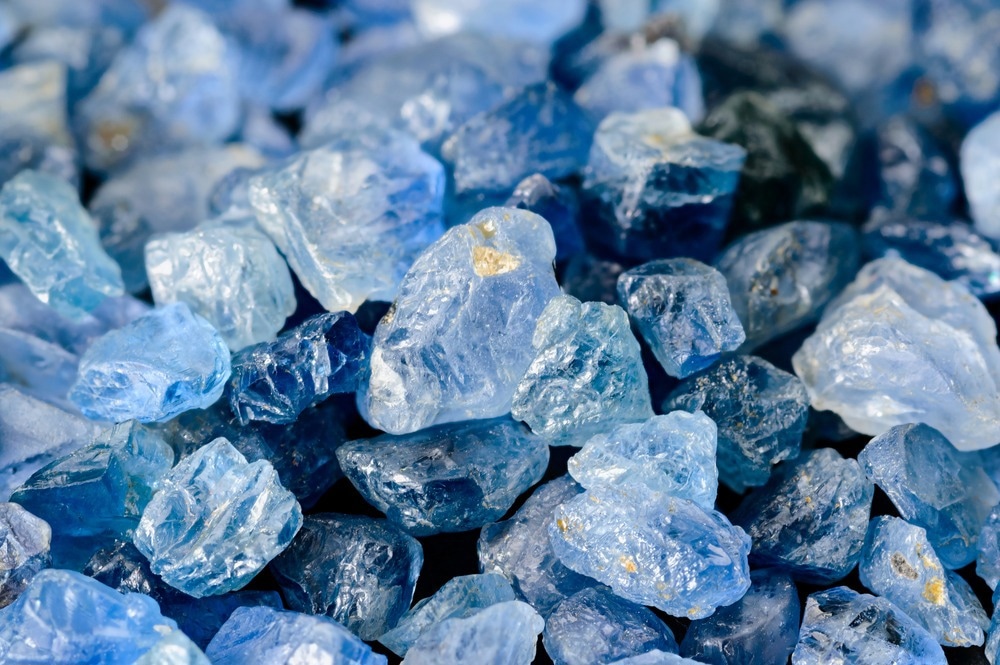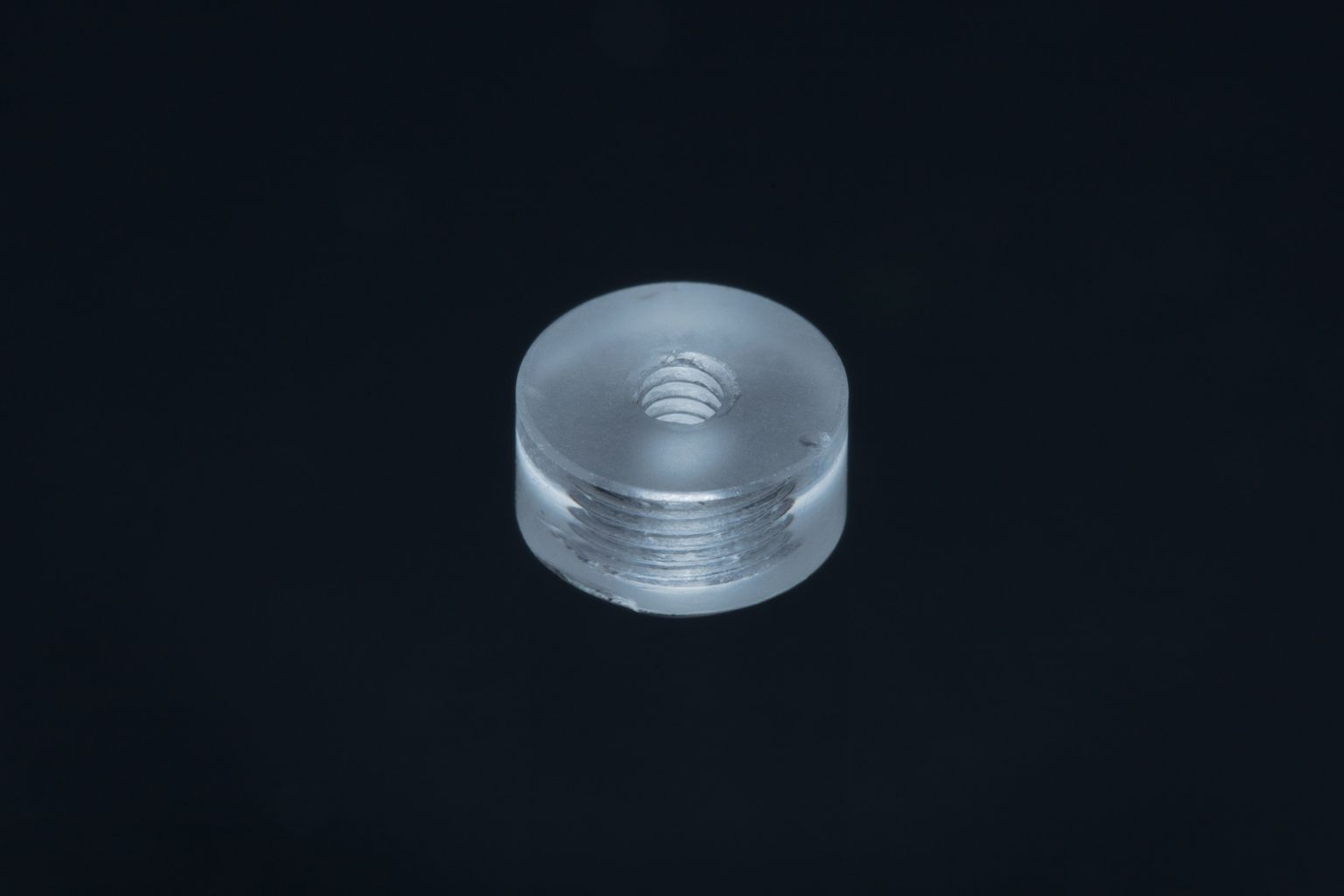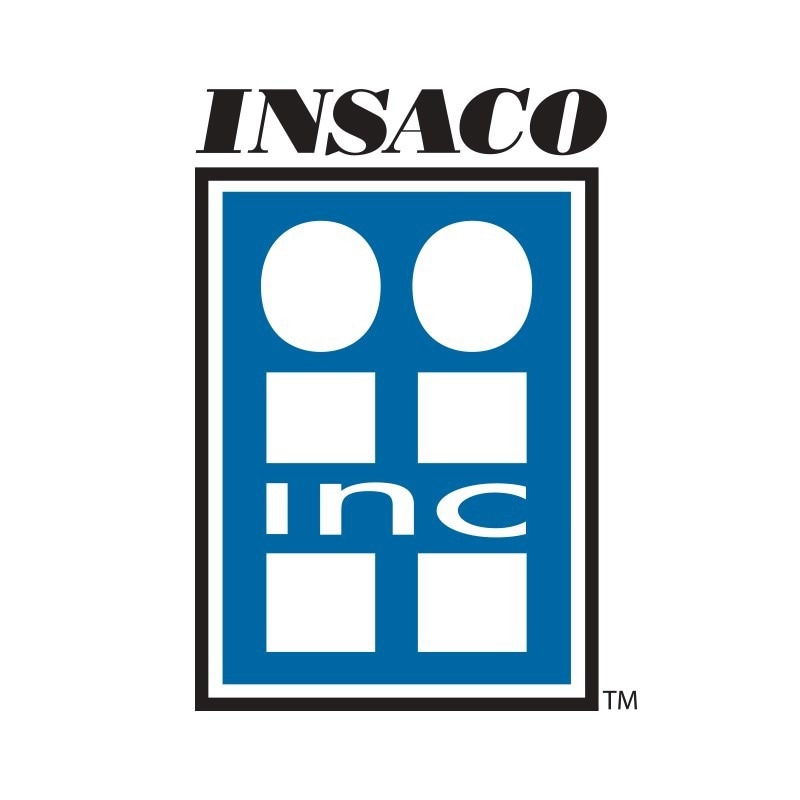INSACO, a leader in precision machining for hard materials, continues to push the boundaries of innovation with its latest breakthrough: the ability to internally thread fully-fired s like sapphire, quartz, alumina, and zirconia. In this interview, Scott Mittl, Vice President of Sales at INSACO, discusses the technological advancements that have made this achievement possible, the industries that stand to benefit, and how it is shaping the future of engineering design and manufacturing.
INSACO has been a leader in precision machining for hard materials for decades. Can you give us a brief background on the company and how this new internal threading capability fits into your legacy of innovation?
Originally rooted in sapphire components for phonographs and textile manufacturing, the company evolved quickly to meet the demands of advancing technologies. From pioneering the fabrication of sapphire plates for the first Telstar satellite to producing parts for the Hubble and Chandra telescopes, INSACO has consistently been at the forefront of machining innovation for high-performance applications in aerospace, defense, and medical industries.

The Hubble Telescope.
Image Credit: Dima Zel/Shutterstock.com
The company’s investments in cutting-edge equipment—such as CNC OD/ID grinders, progressive hones, and fully automated robotic work cells with 5-axis capability—have enabled 24/7 production and ultra-tight tolerance control.
INSACO is known globally for its ability to deliver complex, high-precision components at scale. Whether for defense, aerospace, medical, or semiconductor applications, INSACO continues to lead with its unmatched expertise in precision machining and a deep commitment to technical excellence.
Our commitment to continuous improvement has led to many efforts of attempting what was previously deemed too difficult or impossible to do. A great example being the internal threading of post fired hard ceramics.
Internal threading of (fully-fired) ceramic materials is a significant breakthrough. What makes this process so challenging, and how has INSACO overcome these obstacles?
Internally threading fully-fired hard materials has long been considered nearly impossible due to their extreme hardness. INSACO has overcome these challenges through a proprietary process that allows for the creation of precise, durable threads without sacrificing the structural integrity of the material.
This advancement opens the door to new engineering possibilities in high-performance environments. Examples include ultra-durable, chemically inert components that can be used in biocompatible medical devices, aerospace, defense, and other applications. Our ability to machine internal threads into hard ceramics gives designers more freedom and functionality than ever before. It's a game-changer for applications requiring strength, precision, and extreme condition resistance.
What types of materials can you now internally thread, and how does this expand the range of applications for your customers?
We can now internally thread a range of extremely hard, fully dense materials, including sapphire, quartz, alumina, zirconia, and silicon carbide. These are materials traditionally used for their exceptional hardness, chemical resistance, and thermal stability—but until now, they’ve been nearly impossible to internally thread without risk of fracture.
By making internal threading possible, we’ve significantly expanded the design and assembly options for our customers.

Image Credit: Imfoto/Shutterstock.com
Traditional joining methods often face limitations in extreme environments. How does internal threading compare in terms of reliability, especially in vacuum, high-heat, or high-stress applications?
Components that once had to rely on adhesives or brazing can now incorporate robust mechanical fastening directly into the part. This opens the door for innovation in demanding environments—from ultra-clean semiconductor systems and high-temperature aerospace assemblies to biocompatible medical implants that require both durability and precision fit.
We do caution that while internally threaded hard materials are an exception in extreme environments, they do not have the same tensile strength as metals.
What industries stand to benefit the most from this capability?
Industries like aerospace, defense, or medical devices are all anticipated to benefit immensely from this capability. We’re currently exploring new solutions with current and potential clients to move forward with projects previously deemed impossible through internal threading.

Threaded sapphire
Image Credit: INSACO Inc.
Can you share any real-world examples where this new threading capability has solved a major engineering challenge?
We have seen success with threaded sapphire boat assemblies replacing quartz wafer boats in the semiconductor industry. These sapphire boats are much more resistant to the aggressive chemistries involved in processing semiconductor and compound semiconductor wafers.
For engineers and designers who are used to more conventional fastening methods, what should they know about integrating internally threaded hard materials into their designs?
Engineers and designers familiar with traditional metals or polymers often assume that ceramic materials can’t be used for threaded fastening due to their brittleness. But with the ability to internally thread these hard materials, designers now have a solution that combines mechanical fastening with the inherent advantages of ceramics: chemical resistance, thermal stability, and extreme wear resistance.
That said, there are important considerations.
Threaded features in hard materials require thoughtful design, such as maintaining adequate wall thickness and choosing thread profiles that minimize stress concentrations. Collaborating early with a precision machining partner like INSACO can help ensure the design is optimized for manufacturability and long-term durability. With the right approach, internally threaded ceramics can replace or enhance traditional fastener assemblies in environments where metals may degrade or fail.
Internal Threading
Video Credit: INSACO Inc.
How does this new capability impact cost, production time, or component longevity compared to other fastening solutions?
Our machines run 24/7, so our production time is consistently based on the current projects we configure those machines for. We work with our customers to address production time and are up front about our costs and abilities.
While INSACO is not necessarily the least expensive or the fastest, we’re proud to know we are the premier partner for customers in machining to incredibly tight tolerances with ultimate precision.
Does this breakthrough open the door for other machining advancements? What’s next for INSACO in terms of precision manufacturing?
Since our founding in 1947, INSACO has remained at the forefront of machining by continually advancing both our technologies and our techniques. Over the years, our facilities and warehouses have expanded, giving us the space and resources to take on larger, more complex projects while integrating the latest innovations.
As we move forward, we will continue investing in unique, state-of-the-art capabilities found nowhere else in the industry.
How do you see this internal threading technology shaping the future of materials engineering, particularly in high-performance applications?
The capability to machine an internal thread in these materials offers a simpler way to attach ceramic components within an assembly. It also offers a substantially increased resistance to extreme chemical and high temperature environments, where traditional metals fail.
With INSACO, there’s no dreading the internal threading.
About Scott Mittl
Scott Mittl, Vice President of Sales, has been with INSACO since 1990 and is responsible for sales engineering activities, including quotations and account management.
He takes a proactive approach to developing new customers and product applications, which includes working with subcontractors to offer new capabilities and services to our customers. With his technical expertise and experience, he provides guidance in designing products using the materials we machine. He holds a B.A. in Applied Sciences and a B.S. in Metallurgy and Materials Engineering from Lehigh University and is a member of the American Ceramic Society.

This information has been sourced, reviewed and adapted from materials provided by INSACO Inc. - Machining of Hard Materials.
For more information on this source, please visit INSACO Inc. - Machining of Hard Materials.
Disclaimer: The views expressed here are those of the interviewee and do not necessarily represent the views of AZoM.com Limited (T/A) AZoNetwork, the owner and operator of this website. This disclaimer forms part of the Terms and Conditions of use of this website.